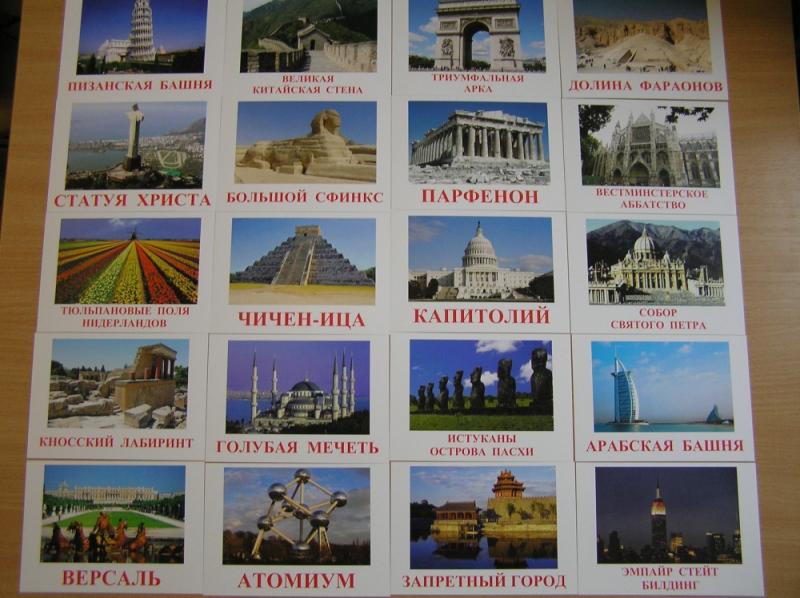Govoryaschie Ruki Tematicheskij Slovarj Zhestovogo Yazika Gluhih Rossii
- 14 Comments!

Write something about yourself. No need to be fancy, just an overview. No Archives Categories. Digital Collections Using Images Using Data. Collections Putevyia zapiski, vedennyia vo vremia prebyvaniia na Ionicheskikh ostrovakh, v Gretsii, Maloi Azii i Turtsii v 1835 godu.
Collection History The materials in this presentation comprise the illustrational (and, in selected cases, textual) content of nearly 100 published works dating from the period circa 1830 to 1935, although there are individual titles dating from the 18th century, as well as high-quality, limited edition 19th-century reprints of much earlier materials. The illustrations represent an equally broad variety of production techniques which range from wood block printing, engraving (some hand-colored) and etching, to lithography, chromolithography and photo offset printing. Thematically, these volumes are highly diverse. It is, in essence, a 'culturological' collection, documenting not only art and architecture, but also topics ranging from archaeological digs to typeface design and subway planning. It must be emphasized that the content of these albums is not strictly Eastern European. Russia was a globe-spanning Empire, and, like other great powers, sought to document the peoples, lands, and resources in its dominions.
As a consequence, a large number of the volumes digitized here were produced within the borders of the Russian Empire and Eastern Europe, but concern places and subjects that are neither geographically nor ethnically Slavic or East European. For example, there are plate books concerning pre-Classical, Classical (Greek and Roman), Byzantine, Islamic, and Asian civilizations. Russia's ethnographers, botanists, restorers, travelers, and archaeologists ranged all over the globe, documenting natural and man-made wonders wherever they occurred. One encounters, for example, illustrated 19th century travel accounts of the Ionian islands, Greece, and Turkey, architectural drawings of the Norman Palatine Chapel in Palermo, and the Russian Archeological Commission's work on Eastern silver.
Origins The richness of the Russian and related materials is due to a happy coincidence of historical events. One of the parent collections of the NYPL was the Astor Library, founded in 1849 upon the personal collection of fur-trader and real estate mogul John Jacob Astor (1763-1848). Very well-funded by Astor's endowment and by the generosity of subsequent generations of his family, the Astor Library sought to be a universal, 'international' collection, and rapidly surpassed far older collections in quantity and diversity. Many of the significant plate volumes in the collections today--particularly those dealing with exploration, botany, and archaeology--still bear the book stamp of the Astor Library.
Call of duty world at war. Call of Duty: World at War was released in 2008 and marks a return to the World War II theme present in the original Call of Duty and Call of Duty 2.The game contains two single-player campaigns: one that follows a U.S. Marine fighting through battles in the Pacific Theater against the Japanese and one that follows a soldier in the Soviet Army in the final weeks of the war and the fall of Berlin. Also fix disc read error by doing this method Change COD WW2 Language from simplified Chinese to English. Also fix disc read error by doing this method 1)Download.

Although materials in Cyrillic script were not yet a collecting priority, many Russian works came to the Astor and Lenox libraries during this period because of the leading role of Russian and Eastern European researchers in 19th century world scholarship. The spreading fame of the collection attracted donations of material from writers and scholars from Eastern Europe, as well gifts from the Tsars themselves. Alexander II, for example, donated to the Library works on the archaeological exploration of prehistoric settlements in the Crimea, and a facsimile of the Codex Sinaiticus. The Lenox Library, another parent collection of NYPL, while focused primarily on Bibles in all languages (including the first Gutenberg brought to America), also included folio rarities. These two outstanding collections were unquestionably the wealthiest of their day, leap-frogging both quantitatively and qualitatively virtually all of their more venerable academic and society library contemporaries. Collection Development The 'golden age' of retrospective collecting of large, rare plate books from Eastern Europe came in the decade between 1925 and 1935, when the Soviet government nationalized and sold abroad the contents of imperial palace libraries. In NYPL alone, items from nine imperial palace libraries, and from 30 different members of the imperial family are represented.
Pci ven_8086&dev_0412&cc_0300 driver. Pci Cc 0300 Amp Dt 0 31.1228 For Windows 7 32 bit 1/8/2015 11/6/2016 pci_cc_0300_amp_dt_0-31.1228.exe 169kb HP HP Envy 13 Notebook PC, NEC PC-LG24NRBEL, Toshiba Equium L100, HP WE166AA-ABU p6319uk, Packard Bell IMEDIA 6556, SAMSUN 700Z, Lenovo ThinkCentre M57, HP PX568AA-ABY t3040.dk, SAMSUN SQ45/Q70C/P200, Sony VGN-NS230TE, Lenovo ThinkPad X301, Sony VGN-TZ92S, MEGAWARE Mage All-In-One, HP HPE-367c, Acer TravelMate 5740G,, and more.